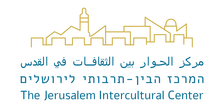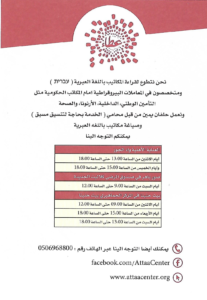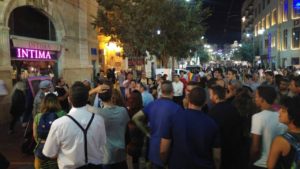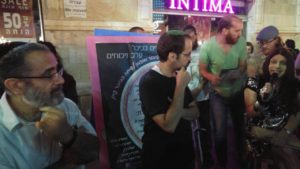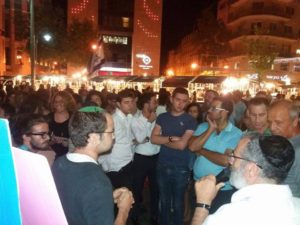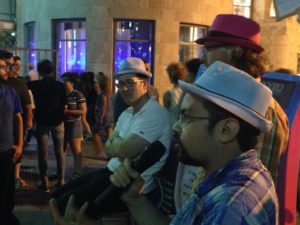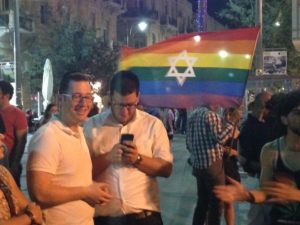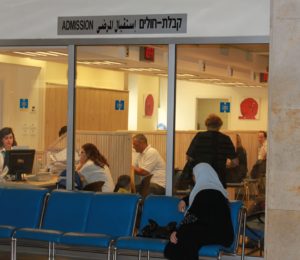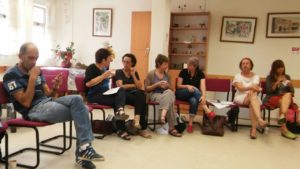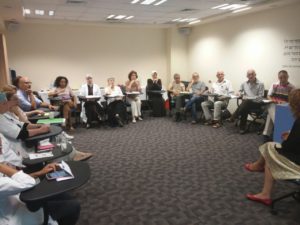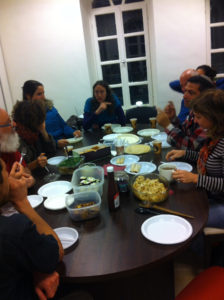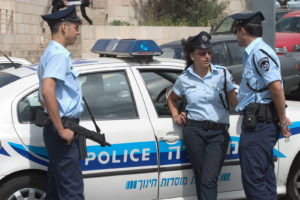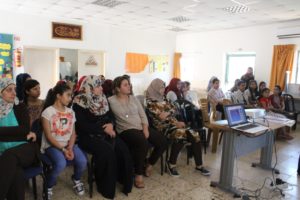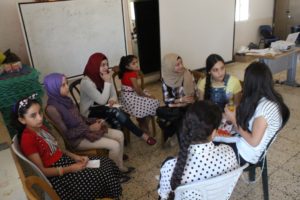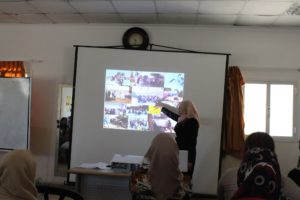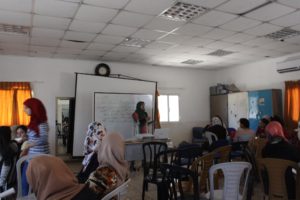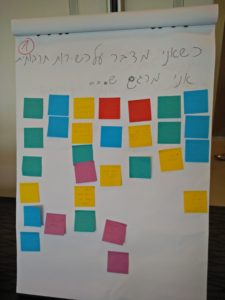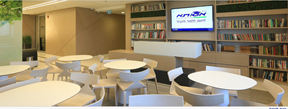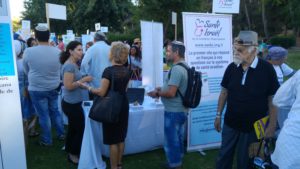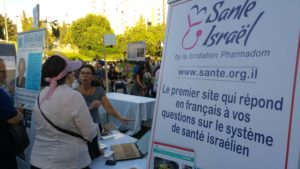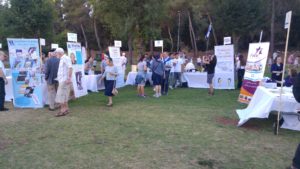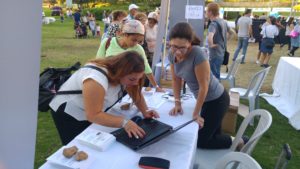Atta’a – Helping Individuals, Helping Groups Obtain Health Care Rights
A Palestinian woman recently approached the Atta’a Assistance Center for the Rights of East Jerusalem Residents with a problem. She was divorced, and had a very sick child who had been given medication that cost 1,200 NIS per month. With assistance from Atta’a volunteers, she submitted a special form available from the Ministry of Health that asked for a special discount on the medication. Her request was approved – now she receives an 80% (!) discount on this child’s medication.
This story is just one of many that Atta’a’s 15 volunteers encounter on a regular basis in one of their three help centers that cover all Jerusalem: Wadi Joz, Sur Baher and their main center in Beit Hanina.
In addition to individual consultation, Atta’a also provides group workshops on realizing rights, in health care, vis-a-vis the National Insurance Institute, and vis-a-vis the Ministry of the Interior. For example, on July 25, Daud our Atta’a director presented a workshop on rights available from the National Insurance Institute at a conference on type 1 diabetes for residents from East Jerusalem, which was held in cooperation with Magen David Adom. Other workshops covered family re-unification processes, together with the welfare office in Shuafat.
In order to drive up participation they’ve distributed flyers throughout East Jerusalem, such as in the Old City, Wadi Joz, Issawiya, Sur Baher, Silwan, Abu Tor, Ras el-Amud, A-Tur and the Shuafat Refugee Camp. They have also distributed flyers in front of the offices of the National Insurance Institute and the Ministry of the Interior.
Many thanks to the Jerusalem Foundation for their continued support of this program.
